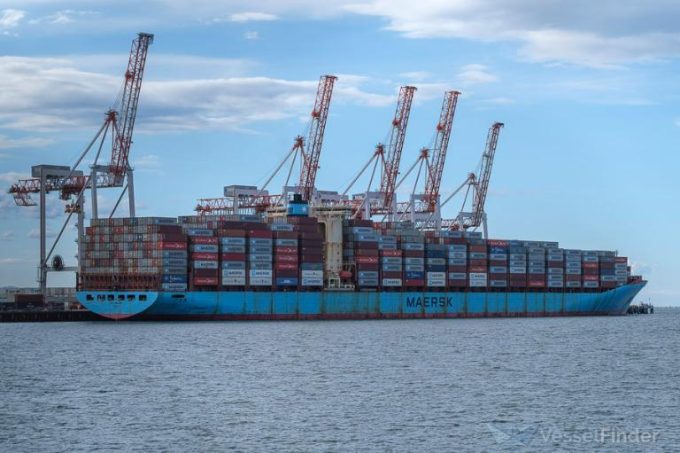Rough seas drive powerless MSC box ship aground on Canadian coast
An MSC containership ran aground in Canada on Saturday, after a loss of power in ...

MSC now holds a 20% share of the global container shipping market, in terms of capacity offered, a record in the liner industry – and the carrier is just “one big ship delivery away” from the 6m teu milestone, according to new Alphaliner data.
The Swiss shipping line’s fleet has grown faster than any other carrier, “fuelled by a massive newbuilding programme, countless second-hand acquisitions and, to a lesser degree, chartering”, said Alphaliner today.
MSC’s fleet capacity passed the 5m teu milestone ...
Price war as carriers compete for cargo driving down container spot rates
Up to $1.5m fee for every Chinese-built box ship calling at a US port
Carriers warn of cargo disruption due to strikes at Munich Airport
Airfreight rates rising gently as ecommerce giants eye new tradelanes
MSC switches bigger box ships to higher-paying trades in 'landmark' move
$1.5m China-built ship charge would bring return of US port congestion
Maersk Saltoro delay may mean multi-million dollar claims for cherry shippers
Sanctions-busting forwarder jailed, while Europe 'ramps up the pressure'
Expeditors CEO out, 'fresh blood in' – and another top exec change expected
Taiwan and South Korea lines don't fear US levy on Chinese ships
How US rule-changes are putting air cargo carriers in a 'tough spot'
EU 'frustration over what UK wants' as further trade talks loom

Comment on this article